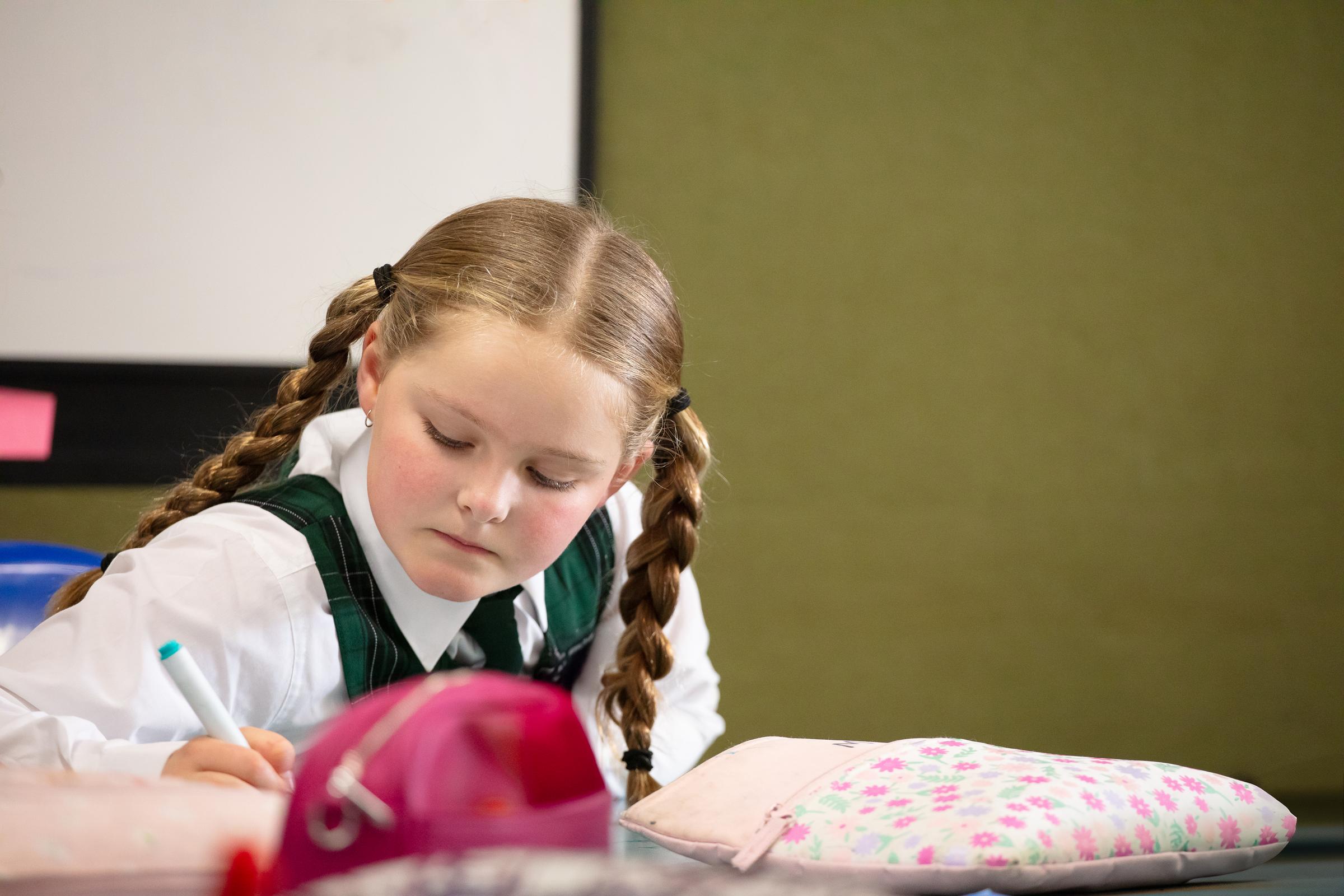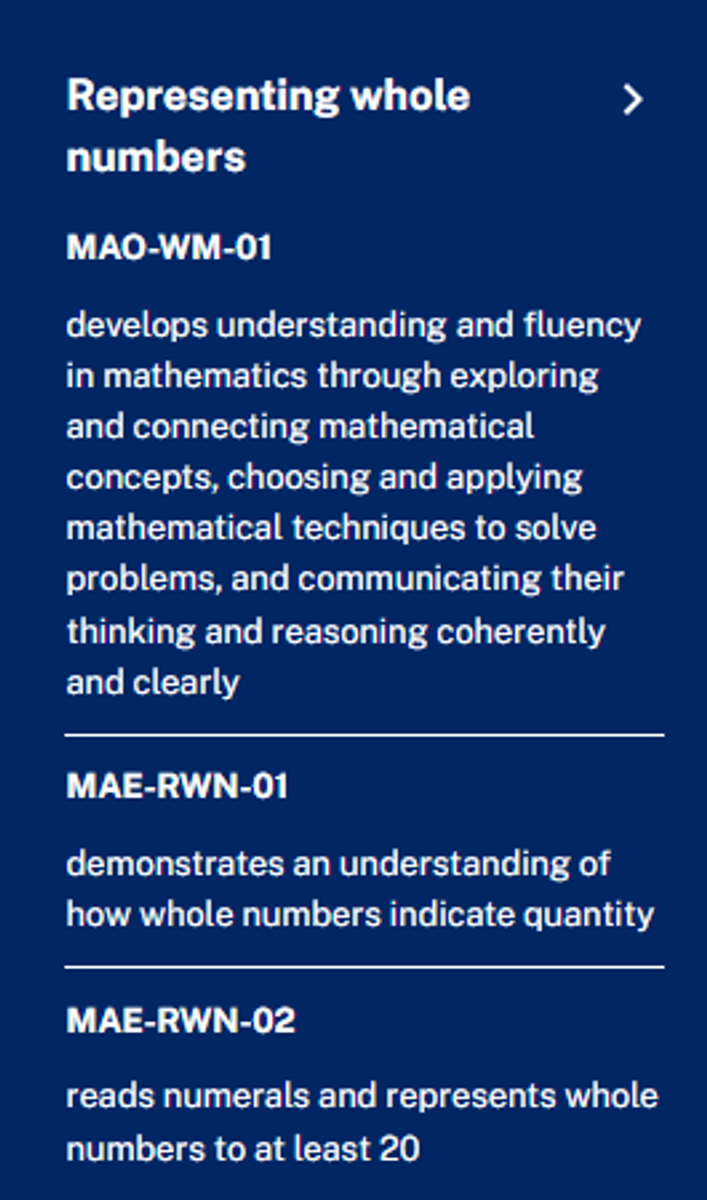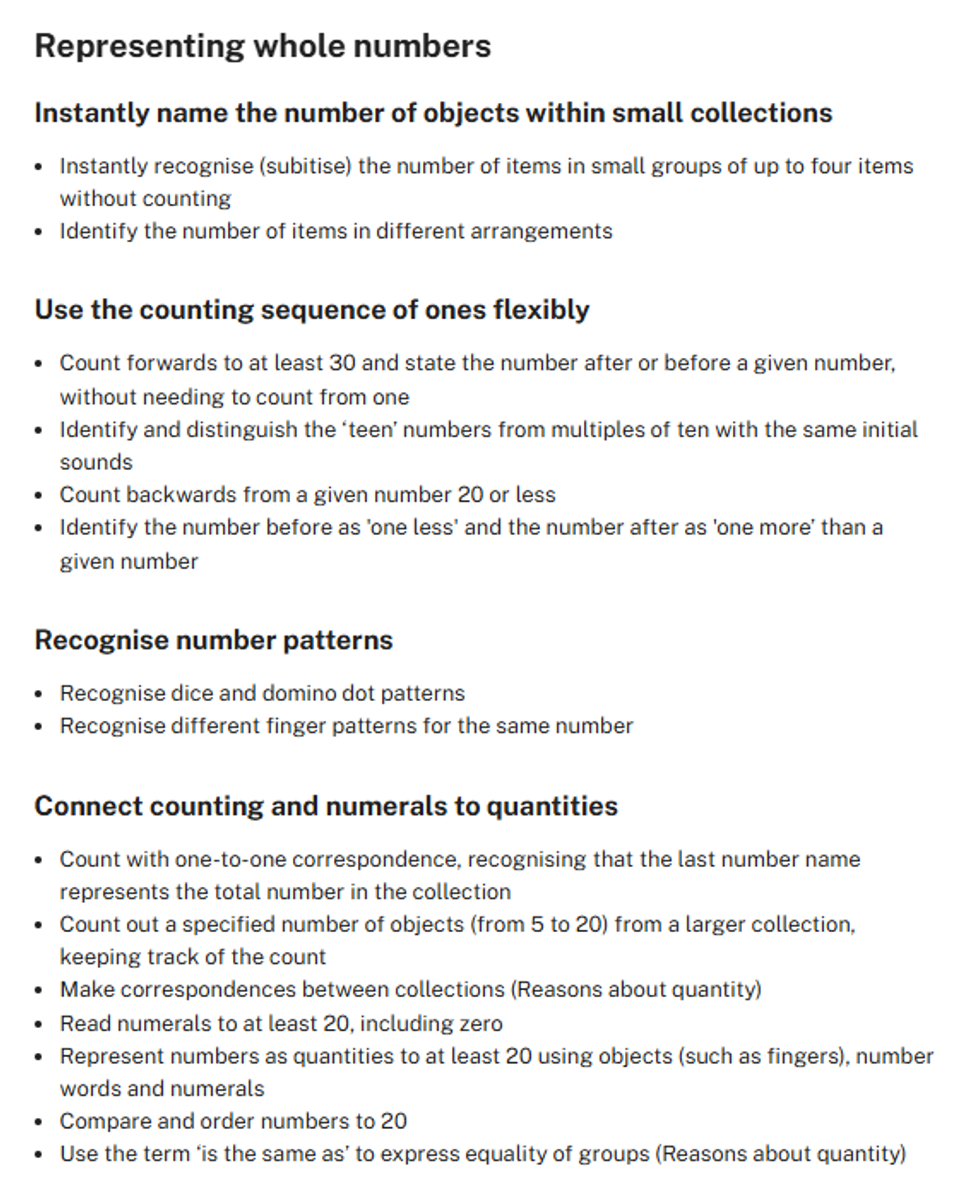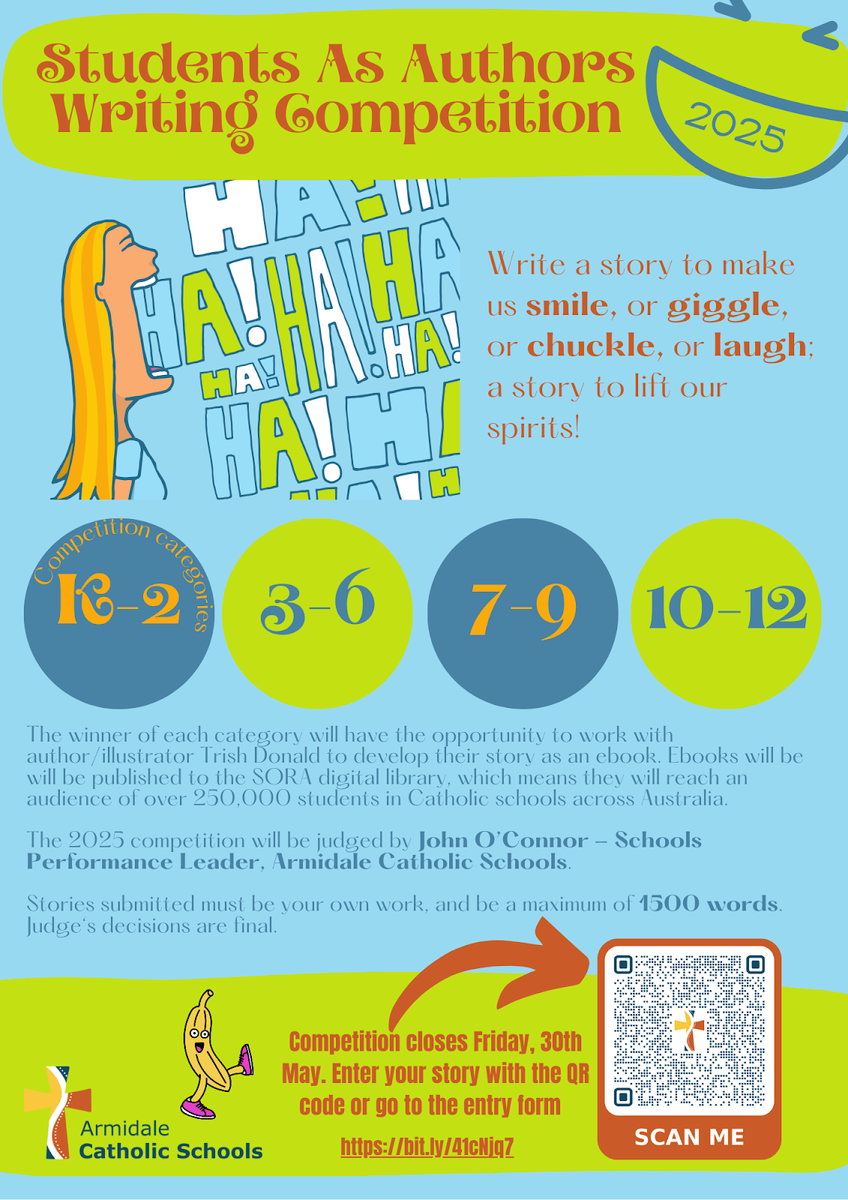The Learning Zone

Why a Literacy Block?
At St Mary of the Angels, we are committed to ensuring every child becomes a confident and capable reader and writer. One of the key ways we do this is by using Literacy Blocks, a structured approach to literacy learning inspired by the work of Dr. Lyn Sharratt, a renowned educational leader.
What is a Literacy Block?
A Literacy Block is a dedicated time in the school day focused on developing students' reading, writing, and communication skills. It typically includes:
✅ Reading Time – Students explore books at their level, building comprehension and fluency.
✅ Writing Time – Children practice expressing their ideas clearly through different writing activities.
✅ Word Study & Phonics – A focus on vocabulary, spelling, and understanding how words work.
✅ Speaking & Listening – Opportunities for students to share their thoughts and engage in meaningful discussions.
Why Does It Matter?
Dr. Lyn Sharratt emphasises that every child is capable of success when given the right support. Her research highlights the importance of structured literacy time, quality teaching, and continuous feedback to help students thrive. Literacy Blocks ensure that children receive consistent, targeted instruction to grow their reading and writing skills at their own pace.
How Can You Help at Home?
📖 Read together daily – Even 10–15 minutes can make a difference!
📝 Encourage writing – Have your child keep a journal or write notes to family members.🎤 Talk & listen – Discuss books, news, or daily events to build communication skills.
We’re excited about the progress our students are making and appreciate your partnership in fostering a love for literacy at home. If you have any questions, feel free to reach out to your child’s educator!
Armidale Diocesan Mathematics Initiative (MaST)
Our Early Stage One students have been looking at ways they can Represent Numbers.
Why is it important?
Representing numbers in a variety of ways is essential for developing number sense.
Students can represent numbers using:
| Representation type | Example |
|---|---|
| Number words | five |
| Numerals | 5 |
| Finger patterns | |
| Collections of perceptual items | 5 pencils |
As a student learns to represent whole numbers, they begin to move between the number words used in counting, numerals and quantity. Students could use concrete materials, gestures (such as nodding) or body tallying (Butterworth 1999) to indicate the count. A student should be able to select a given number of items (more than five) from a larger collection if the number is represented by a word or symbol. For example, a student is shown the numeral 8, and counts out eight items from a collection of twenty items.
The cardinality principle recognises that the last number name represents the total number in the collection. This principle marks a profound conceptual achievement, understanding how counting works (Paliwal and Baroody 2018).
2025 Students as Authors Writing Competition
The 2025 writing competition is now open for all students in the Diocese of Armidale Catholic Schools. The competition celebrates students and their creative writing talents across four age based categories.
Winning entrants will have the opportunity to work with illustrator, Trish Donald, to develop their story into an ebook published for an audience of 250,000 Catholic education students across 15 Diocese. Please promote the competition with your school community and support students to enter. Entries close Friday 30th May.


